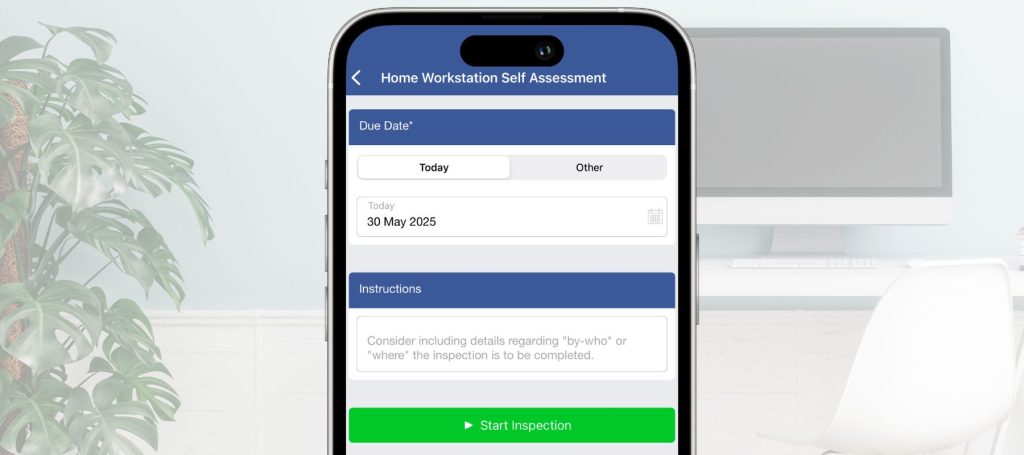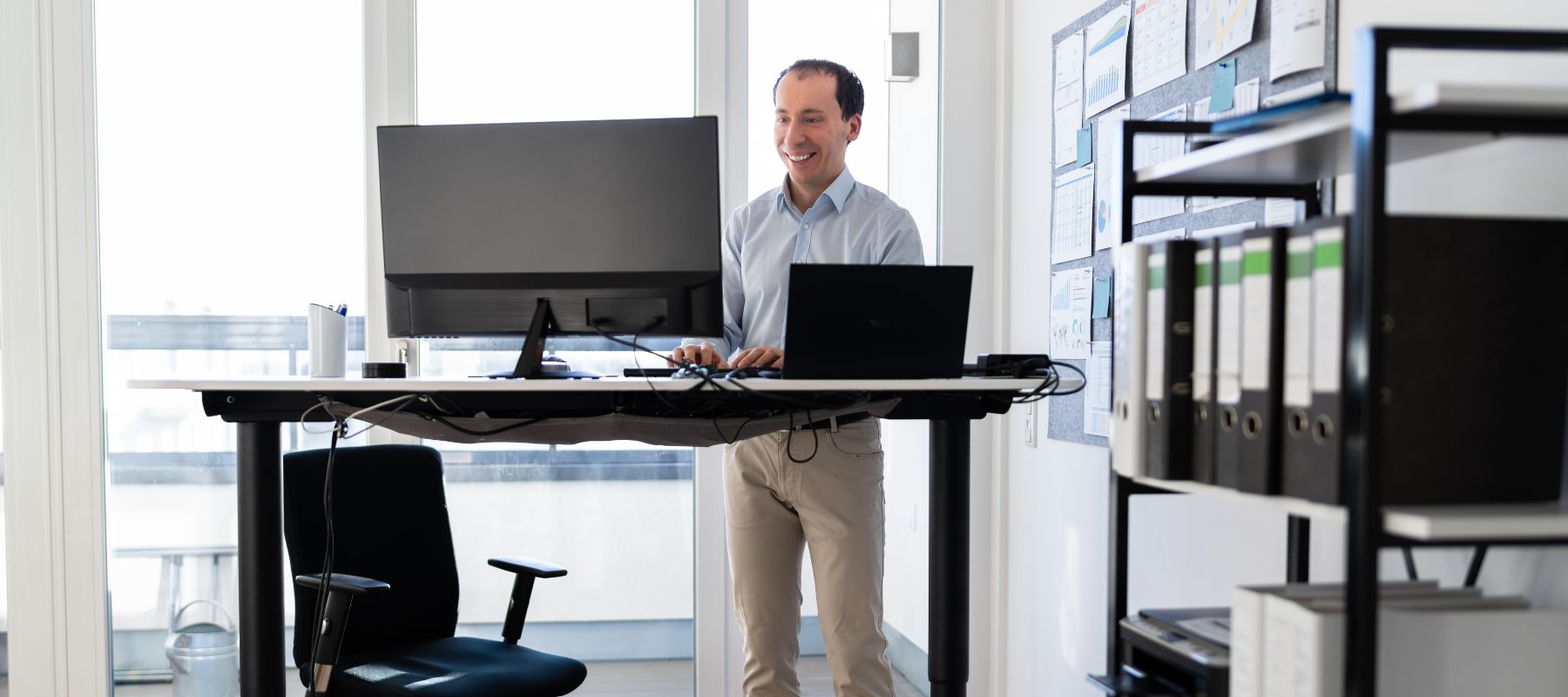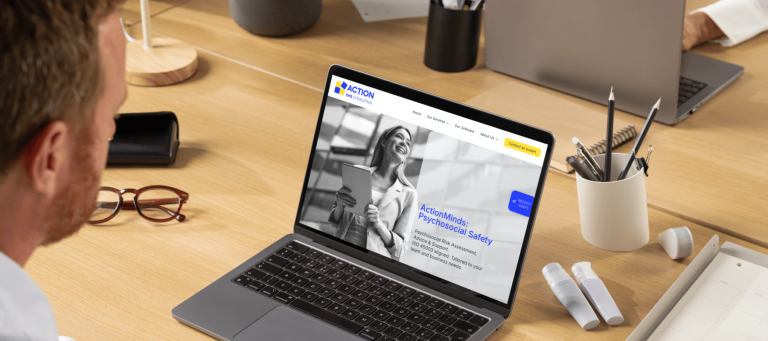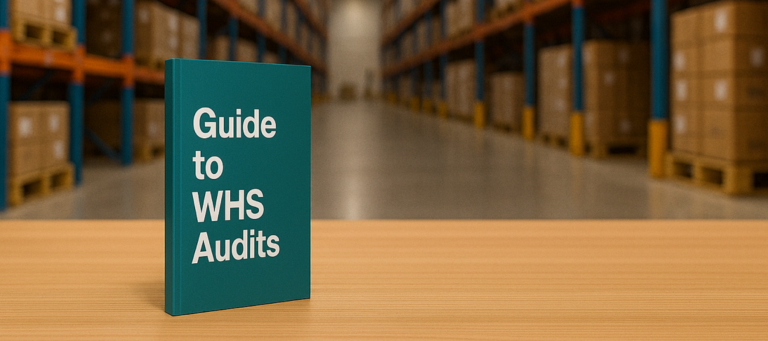Remote and hybrid work are no longer just flexible options; they are working conditions that many professionals seek to balance their jobs with their personal lives. For many, this offers greater autonomy and reduced commute times. But it also shifts the landscape of workplace health and safety (WHS) responsibilities, especially nowadays that many businesses have people working from home at least one day a week.
In this current trend, employers remain legally responsible for the health and safety of their workers, regardless of location. So how do you ensure a home office is just as safe, supportive, and sustainable as your main workplace?
Identifying Hazards: Job vs Home-Based Risks
Before implementing or continuing remote work arrangements, employers must take a structured approach to identifying health and safety risks, both from the work itself and the new environment in which it’s performed. WorkSafe Victoria has a complete guide for employers. Here is our takeaway:
Start with the job itself:
The nature of the work may already involve risks such as repetitive tasks, physical strain, or high mental demands. These core risks don’t disappear when the location changes, they may even become harder to detect or manage without regular oversight.
Then assess the home environment:
Working from home may introduce additional risks or modify existing ones. The physical setup, task suitability, and support available at home can all influence how safely and effectively the work is done.
Key considerations include:
- Whether the type of work poses a higher risk in a home setting.
- Whether existing workplace controls (like adjustable desks or supervisor oversight) are still effective remotely.
- If modifications or extra precautions are needed to manage new or changed risks.
- How the home environment might introduce risks that don’t exist in the main workplace.
Common hazards in home-based work include:
- Poor workstation ergonomics or unsuitable furniture.
- Manual handling risks in uncontrolled environments.
- Unclear expectations around work pace or duration.
- Psychological stress, fatigue, and burnout.
- Lack of access to training, mentoring, or support.
- Social isolation and reduced team engagement.
- Barriers to communication with managers or peers.
- Increased vulnerability to family violence in some situations.
Employers have a duty to manage these risks.
As with any risk, it’s best to consult with workers and their Health and Safety Representatives, where applicable.
Understanding the unique challenges of each employee’s home setup is essential to creating effective, tailored, risk elimination or mitigation plans.
Platforms like Safety Champion can help organisations to set standards or requirements, design workplace and work setup checklists accordingly, and then assign periodic inspections of workstations to ensure those standards are maintained.
Safety Champion gives Employees a feedback mechanism, demonstrates care, ensures that all workstations meet agreed standards and keeps records at the same time.

Developing a robust Risk Control Plan
A comprehensive WHS plan doesn’t stop at the office doors. To effectively manage risks in remote work environments, employers should consider developing a specific risk control plan. This structured approach helps outline how hazards will be identified, assessed, and controlled, and provides a clear record of the measures already in place.
WorkSafe Victoria recommends 7 steps to prepare an effective plan:
- Establish effective consultation with employees and any HSRs.
- Allocate Responsibilities.
- Decide on a work plan.
- Identify Hazards.
- Assess Risks.
- Control Risks.
- Review the Risk Control Plan.
At Action OHS Consulting, we also recommend tailoring your plan to the specifics of a working from home environment. Here are some tips to enhance your risk control plan for home-based work:
Conduct a home office assessment:
Use self-assessment checklists like the ones available at Safety Champion Software.
Provide equipment and guidance:
Support workers with ergonomic chairs, monitors, stands, standing desks and training on correct setup.
Establish clear communication protocols:
Regular check-ins and team meetings help maintain connection and monitor well-being.
Keep records:
Document assessments, control measures, and communication related to WHS. Use platforms like Safety Champion to keep your registers always available, secure and confidential.
Monitor work hours and breaks:
Ensure realistic workloads and encourage frequent movement to reduce strain.
Prioritising Psychological Health:
Working from home can blur the lines between professional and personal life, making psychological health a critical focus. Isolation, lack of support, and overworking are genuine risks.
In response, The Right to Disconnect legislation introduced in Australia empowers workers to switch off outside of working hours, unless contact is reasonable.
“Employees now have the right to disconnect, ensuring that work-related communications do not intrude on personal time; an important safeguard for mental wellbeing.”
What this means for employers:
- Set boundaries on after-hours contact.
- Model healthy behaviours by respecting those boundaries.
- Offer Employee Assistance Programs (EAPs) and mental health support.
- Promote openness around psychological safety.
Whether your team is entirely remote, hybrid, or transitioning between arrangements, it’s essential to embed WHS practices that reflect the new way we work. A proactive approach not only protects workers but builds trust and resilience in your organisation, boosting efficiency, high performance and profitability for your business.
Need help creating a compliant and practical work-from-home safety plan? Contact an Expert today to assess risks, improve controls, and support worker wellbeing, wherever your team works.
Resources:
WorkSafe Vic – Guidelines for Employers
Fair Work Australia – Right to disconnect






